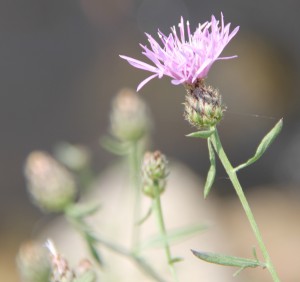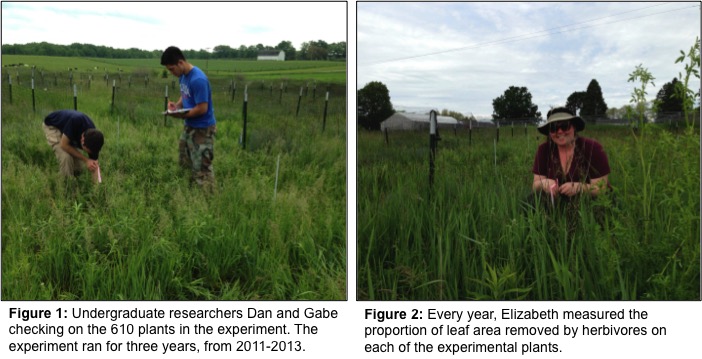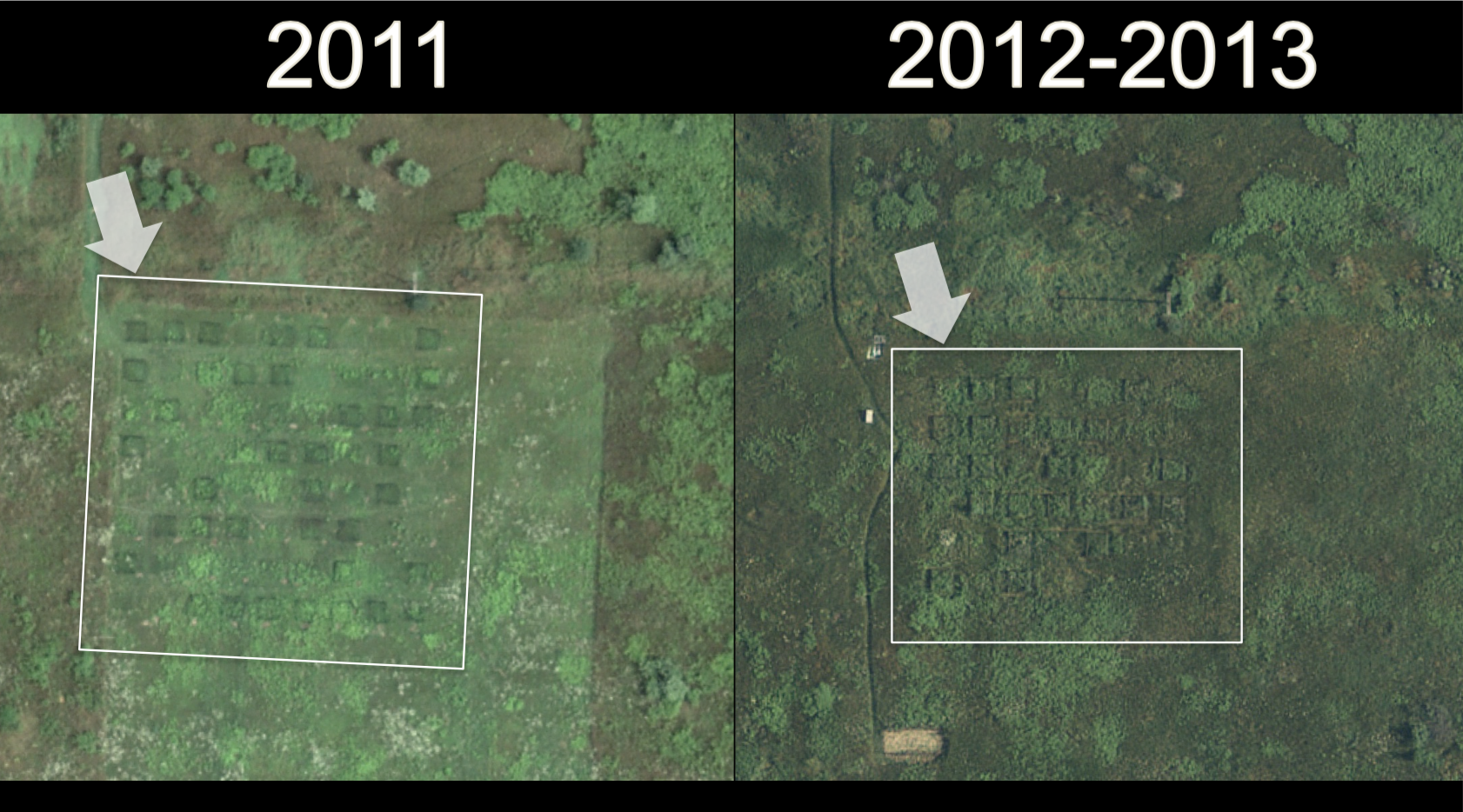The activities are as follows:
- Teacher Guide
- Student Activity, Graph Type A, Level 2
- Student Activity, Graph Type B, Level 2
- Student Activity, Graph Type C, Level 2
- Grading Rubric
- STATISTICS EXTENSION – Data Worksheet – Student Activity
- Digital Data Nugget on DataClassroom
Insects that feed on plants, called herbivores, can have big effects on how plants grow. Herbivory can change the size and shape of plants, the number of flowers and seeds, and even which plant species can survive in a habitat. A plant with leaves eaten by insect herbivores will likely do worse than a plant that is not eaten.
Plants that naturally grow in an area without human interference are called native plants. When a plant is moved by humans to a new area and lives and grows outside of its natural range, it is called an exotic plant. Sometimes exotic plants become invasive, meaning they grow large and fast, take over habitats, and push out native species. What determines if an exotic species will become invasive? Scientists are very interested in this question. Understanding what makes a species become invasive could help control invasions already underway and prevent new ones in the future.
Because herbivory affects how big and fast a plant can grow, local herbivores may determine if an exotic plant thrives in its new habitat and becomes invasive. Elizabeth, a plant biologist, is fascinated by invasive species and wanted to know why they are able to grow bigger and faster than native and other exotic species. One possibility, she thought, is that invasive species are not recognized by the local insect herbivores as good food sources and thus get less damage from the insects. Escaping herbivory could allow invasive species to grow more and may explain how they become invasive.
To test this hypothesis, Elizabeth planted 25 native, 25 exotic, and 11 invasive species in a field in Michigan. This field was already full of many plants and had many insect herbivores. The experimental plants grew from 2011 to 2013. Each year, Elizabeth measured herbivory on 10 individuals of each of the 61 species, for a total of 610 plants. To measure herbivory, she looked at the leaves on each plant and determined how much of each leaf was eaten by herbivores. She then compared the area that was eaten to the total area of the leaf and calculated the proportion leaf area eaten by herbivores. Elizabeth predicted that invasive species would have a lower proportion of leaf area eaten compared to native and noninvasive exotic plants.
Featured scientist: Elizabeth Schultheis from Michigan State University
Flesch–Kincaid Reading Grade Level = 10.9
There is one scientific paper associated with the data in this Data Nugget. The citation and PDF of the paper is below, as well as a link to access the full dataset from the study:
- Schultheis, E.H., A.E. Berardi, and J.A. Lau (2015). No release for the wicked: enemy release is dynamic and not associated with invasiveness. Ecology 96(9) 2446-2457.
For two lesson plans covering the Enemy Release Hypothesis, click here and here.
Aerial view of the experiments discussed in this activity:



